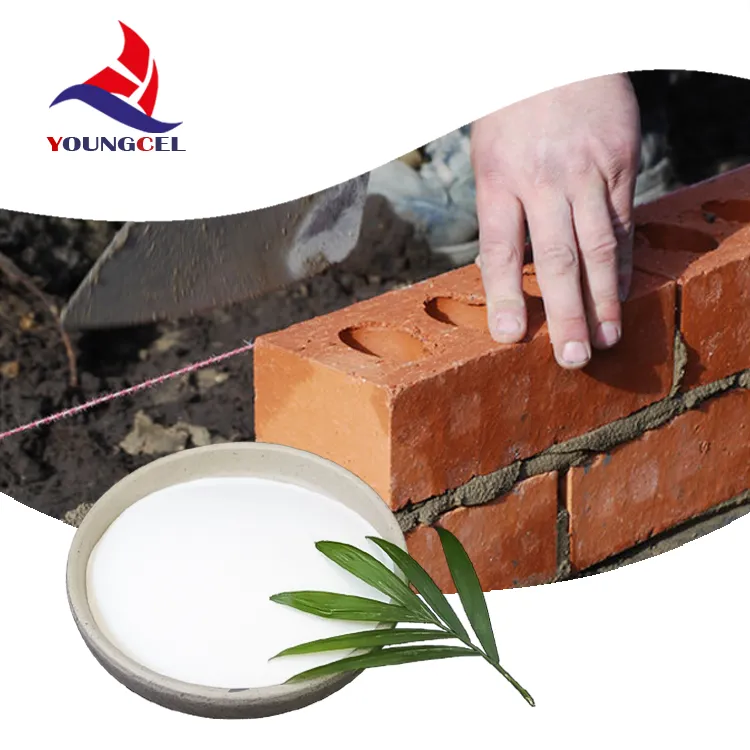The Role of Cellulose and HPMC in Paint Formulations
In the world of paints and coatings, the functionality and performance of the final product are paramount. Among the myriad of ingredients used in paint formulations, cellulose derivatives—particularly Hydroxypropyl Methylcellulose (HPMC)—have emerged as vital components. This article delves into the significance of cellulose and HPMC in paints, exploring their properties, advantages, and applications.
Understanding Cellulose and HPMC
Cellulose is a biopolymer, primarily derived from plant cell walls. As a natural polymer, it is abundant, biodegradable, and environmentally friendly, making it an attractive choice for various applications. Hydroxypropyl Methylcellulose, a modified form of cellulose, is synthesized by the etherification of cellulose with propylene oxide and methyl chloride. This modification enhances its solubility in water and expands its utility in industries beyond pharmaceuticals, such as food and construction.
HPMC is characterized by its ability to form a gel-like consistency in water, which can be finely tuned through the degree of hydroxypropyl and methyl substitution. This versatility allows manufacturers to develop formulations suited for specific requirements in paint applications.
Benefits of HPMC in Paints
1. Viscosity Control One of the primary functions of HPMC in paint formulations is to serve as a thickening agent. It helps to stabilize the paint mixture by controlling viscosity, ensuring consistency and ease of application. A well-balanced viscosity prevents issues such as sagging or running during application, particularly for thicker coatings.
2. Water Retention HPMC possesses excellent water-retention properties, which are crucial during the drying process of paints. This characteristic allows the paint to remain workable for a more extended period, facilitating smoother application and reducing the risk of cracking or flaking once dried.
3. Film Formation The ability of HPMC to aid in film formation is another critical aspect of its functionality. When the paint dries, HPMC particles assist in creating a uniform and cohesive film, which enhances the durability and appearance of the final coating. This film acts as a barrier to external elements such as moisture, dirt, and UV radiation.
cellulose hpmc for paint

4. Improved Adhesion Cellulose derivatives, including HPMC, enhance the adhesion properties of paints. This ensures that the paint adheres well to a variety of surfaces, including wood, metal, and plaster. Improved adhesion leads to a more durable finish and prolongs the lifespan of painted surfaces.
5. Eco-Friendly Alternative With a growing emphasis on sustainability, the use of cellulose and its derivatives aligns with eco-friendly practices. Being derived from natural sources, HPMC contributes to the reduction of synthetic chemicals in paint formulations, appealing to environmentally conscious consumers and industries.
Applications of HPMC in Paints
HPMC is utilized in various types of paints, including
- Water-Based Paints The solubility of HPMC in water makes it ideal for water-based formulations. It enhances performance in decorative paints, wall coatings, and primers, ensuring optimal application characteristics and finish quality.
- Architectural Coatings In the construction industry, HPMC is used in architectural paints for both interior and exterior settings. Its water retention and viscosity control properties help maintain the integrity of coatings under varying weather conditions.
- Industrial Coatings HPMC also finds application in industrial paints, where protective properties are crucial. It provides the necessary film integrity and adhesion required for surfaces subjected to harsher environments.
Conclusion
The integration of cellulose and Hydroxypropyl Methylcellulose (HPMC) into paint formulations exemplifies a perfect blend of natural chemistry and modern technology. With their numerous benefits—including viscosity control, water retention, improved adhesion, and film formation—these compounds are essential for producing high-quality, durable, and eco-friendly paints. As the industry continues to evolve, the role of cellulose derivatives like HPMC will become increasingly significant, supporting the development of innovative solutions that meet the demands of consumers and the environment alike. Paint manufacturers are encouraged to explore these versatile ingredients to enhance their product performance and sustainability commitments in an ever-competitive market.
-
Rdp Powder: Key Considerations for Wholesalers in the Building Materials IndustryNewsJul.08,2025
-
Key Considerations for Wholesalers: Navigating the World of Hpmc - Based ProductsNewsJul.08,2025
-
Hpmc Detergent: Key Considerations for WholesalersNewsJul.08,2025
-
Key Considerations for Wholesalers: China Hpmc For Tile Adhesive, Coating Additives, Concrete Additives, and MoreNewsJul.08,2025
-
Crucial Considerations for Wholesalers: Navigating the World of Construction MaterialsNewsJul.08,2025
-
Key Considerations for Wholesalers Sourcing Additive For Cement, Additive For Concrete, Additive For Putty from Additive Manufacturer Shijiazhuang Gaocheng District Yongfeng Cellulose Co., Ltd.NewsJul.08,2025




